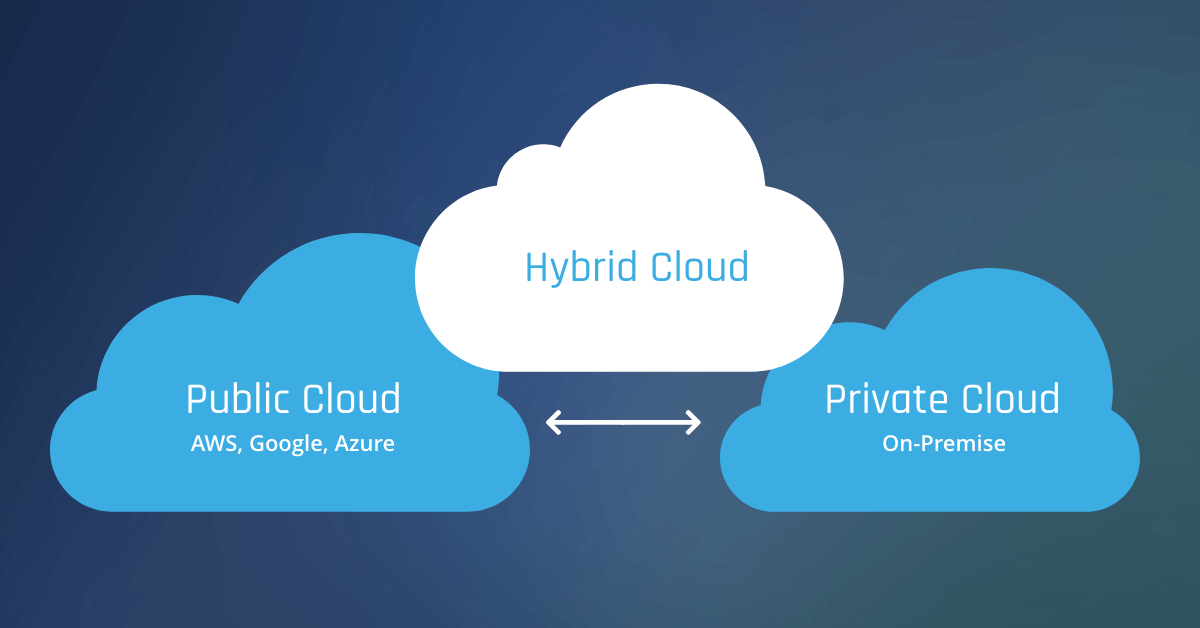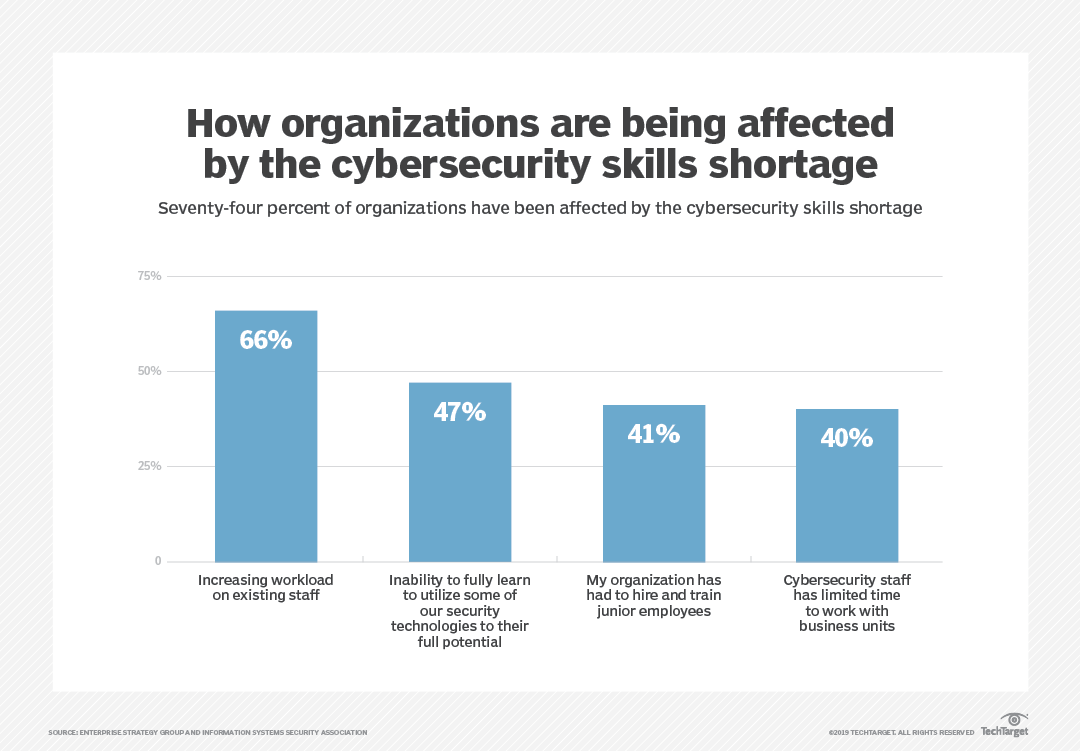5 Cloud Security Challenges Facing Enterprises Today
Recent advances in cloud data storage capabilities have changed the way many organizations handle data and conduct business. While the expansion of cloud data represents new opportunities for growth, these organizations will have to confront new and emerging security threats unique to the cloud.
Cloud Storage Security Challenges
These five cloud security threats do not represent every potential cloud data risk, but are common areas of concern for many enterprises.
1. Hybrid Network Vulnerabilities
Organizations whose networks exist partially on the cloud and partially “on premise,” or onprem, face unique security scenarios. Many network security platforms are capable of tackling only one of these network types at one time. This limitation opens the whole network up to potential hacks and breaches.

As Dr. Igor Mezic, MixMode CTO, said, “It’s a distributed system so it is harder to address all of the security issues at once, plus we don’t have a lot of specialized tools that have been developed for security on the cloud, and the combination of these two issues is aggravating the situation.”
Further compounding this issue is the increased usage of Internet of Things (IoT) devices among organizations. These devices often rely on cloud-based data away from the home office, but are often not kept up to date with the latest security patches and protocols.
Organizations must select a security platform that can handle both cloud data and data stored onprem.
2. Cybersecurity Cloud Limitations
Most current cybersecurity offerings are not specialized to monitor cloud data, creating significant gaps in coverage. Cloud security is similar to typical OnPrem cybersecurity, but there are several key differences that can pose a challenge to typical security measures. For example:
1. Cloud data is delivered via software, which means all the infrastructure between the user and the data being retrieved needs to be constantly monitored and protected in a constantly changing environment.
2. The cloud is dynamic. Security platforms must be robust enough to handle frequent, sudden changes.
3. Cloud-based threats are often more sophisticated versus typical cyber threats.
4. Bad actors are specifically targeting cloud data with malware because it is often more vulnerable than OnPrem data.
3. Cloud Based DDoS Attacks
More than ever before, cloud providers are at a much higher risk of DDoS attacks. These attacks overwhelm web servers so they can no longer respond to any legitimate user requests, rendering a website useless for hours or even days. Lost revenue, dissatisfied customers, and business disruption are among the results.
Combatting cloud-based DDoS attacks requires a modern, responsive platform that can predict potential intrusions, identify unusual network activity, and stop DDoS attacks before they take down an organization’s web presence.
4. False Positives
Awareness and proper communication of security threats is a cornerstone of network security and the same goes for cloud security. All too often, the information being communicated is wrong.
The challenge of facing false positives is a persistent issue in the field of cybersecurity. SecOps teams often have no way to sort out which alerts are truly of concern and which are false positives. Still, these teams have to evaluate the alerts, just in case.
Alerting the appropriate website or application managers as soon as a threat is identified should be part of a thorough security plan. Speedy mitigation of a threat relies on clear and prompt communication so steps can be taken by the proper entities and impact of the threat minimized.
5. Shortage of Qualified Security Professionals
At any given time, the US has about a million tech-related jobs that need to be filled, and not nearly enough qualified professionals to fill them. Many of these jobs center on cybersecurity.
While the number of graduates with tech degrees is increasing, this gap will continue to expand. Add the ever-growing number of cybersecurity attacks, and it’s not hard to imagine how perilous this situation could become.

Even when a company has enough security professionals to do the job, “the 2 largest threats to an organization’s cyber security are zero-day exploits and human beings’ exploits,” Russell Grey said.
Organizations will need to explore cybersecurity options that incorporate AI and machine-learning in order to make up some of the difference. While no platform can completely replace a competent SecOps team, these platforms can add automation, reduce the risk of human error, and monitor an entire network at once.
The right security platform can enhance the efforts of your SecOps team.
Preparing for Cloud-Based Cybersecurity Challenges
As organizations plan for the coming years, they will need to ensure their cloud data is protected. AI-based solutions are uniquely poised to take on this challenge, but not all AI solutions are the same.
MixMode utilizes context-aware AI to create an ever-evolving baseline of organizational networks, including cloud networks, allowing the platform to detect anomalies and identify threats in real time. Sign up for a demo today and find out how your organization can integrate robust, innovative security solutions that can protect all your data, even in the cloud.


